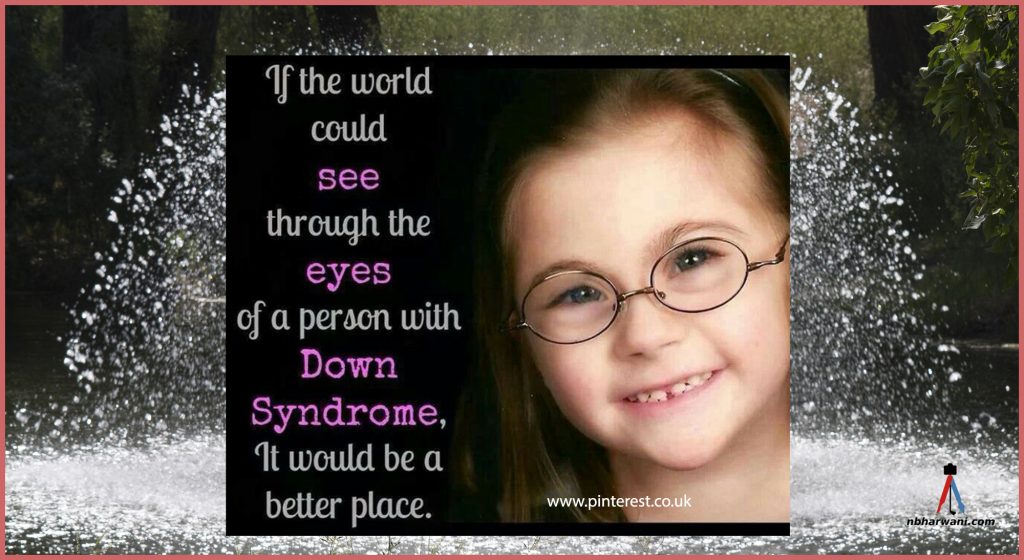Let us define loneliness. Loneliness is the state of mind. You can be in a company or relationship and you may feel lonely. You may be alone and feel sorry for yourself. It’s a feeling of sadness or even anxiety that occurs when you want company.
Feeling of loneliness can occur in a crowded place where you are not interacting with others.
Loneliness has a wide range of negative effects on both physical and mental health, including stress, depression and cognitive decline. It can affect your heart. It can lead to stroke.
Come to think of it, we are social animals. Our connection to others enables us to survive and thrive. Especially, seniors are vulnerable to social isolation and loneliness. This leads to physical and mental illness.
Although loneliness is not a classified disease or mental health disorder, it certainly is a mental health issue. According to an article in the Canadian Medical Association Journal (Loneliness in Older Adults, CMAJ April 29, 2019) loneliness affects three major dimensions:
- Affect: Feelings of desperation, boredom and self-deprecation.
- Cognition: Negative attitudes toward self and others, and a sense of hopelessness and futility.
- Behavior: Self-absorbed, socially ineffective and passive.
Loneliness is linked to decline in health. More than 40 per cent of older adults, particularly women, experience loneliness. CMAJ article says there is compelling evidence that loneliness may accelerate physiologic aging. It is associated with elevated blood pressure and atherosclerosis, and increased risk of coronary heart disease, stroke and cardiovascular mortality.
Loneliness is also associated with functional impairment, depression and dementia. It is also a risk factor for death. Several studies have shown loneliness increases all-cause mortality by 26 to 45 per cent. The effect of loneliness is comparable to other known risk factors for death, including obesity and smoking, says CMAJ article.
Lonely individuals use health care service more often than others. It seems lonely individuals seek social contact through health care visits. More than 75 per cent of general practitioners in the United Kingdom reported seeing between one and five patients a day who visited because of loneliness, says the CMAJ article.
There is no medical treatment for loneliness. As loneliness cannot be effectively treated with medications or acute care, health care practitioners may consider social prescribing to connect lonely older adults with sources of support in the community.
Do you want to start a social prescribing network in your area? I believe they have started this in Ontario. The Social Prescribing Network website is a useful resource. Here is some information from their website:
“The Social Prescribing Network consists of health professionals, researchers, academics, social prescribing practitioners, representatives from the community and voluntary sector, commissioners and funders, patients and citizens. We are working together to share knowledge and best practice, to support social prescribing at a local and national levels and to inform good quality research and evaluation. Over the past year we have been setting up regional networks around England, Ireland and Scotland.”
What do you understand by cognitive decline and impairment?
Cognitive decline comes with aging. Cognitive decline means your brain does not work as well as it used to. This isn’t the same as cognitive impairment, which can be the result of damage, disease or an increased level of cognitive decline from another source.
Cognitive impairment is when a person is confused, cannot remember who he or she is, judgement is impaired, has loss of short-term or long-term memory, has trouble learning new things, concentrating, or making decisions that affect everyday life. Cognitive impairment ranges from mild to severe.
The bottom line is, people who engage in meaningful, productive activities with others tend to live longer, boost their mood, and have a sense of purpose. Having a sense of purpose is important.
Start reading the preview of my book A Doctor's Journey for free on Amazon. Available on Kindle for $2.99!



